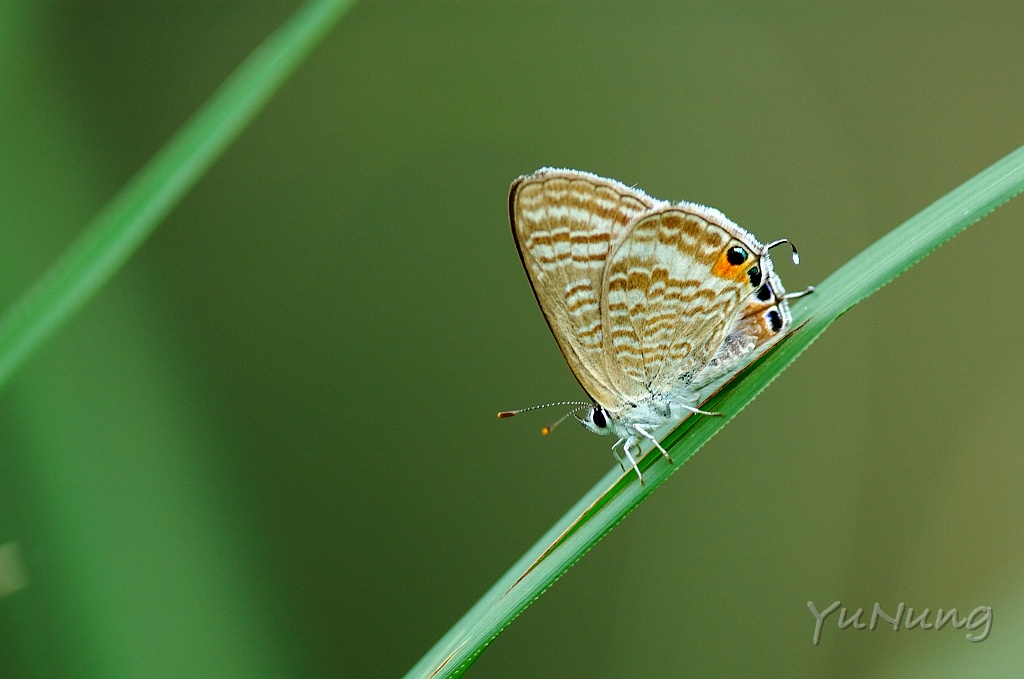[Abstract] [Full text] [PDF] [PubMed] [Related articles]
David J Lohman* 1, Djunijanti Peggie 2, Naomi E Pierce 3 and Rudolf Meier 1
Address: 1 Department of Biological Sciences, National University of Singapore, 14 Science Drive 4, Singapore 117543, Republic of Singapore, 2 Division of Zoology, Research Centre for Biology-LIPI, Jl. Raya Jakarta-Bogor Km. 46, Cibinong-Bogor 16911, Indonesia and 3 Museum of Comparative Zoology, Harvard University, 26 Oxford St., Cambridge, Massachusetts 02138, USA
Abstract
Background: Evolutionary genetics provides a rich theoretical framework for empirical studies of phylogeography. Investigations of intraspecific genetic variation can uncover new putative species while allowing inference into the evolutionary origin and history of extant populations. With a distribution on four continents ranging throughout most of the Old World, Lampides boeticus (Lepidoptera: Lycaenidae) is one of the most widely distributed species of butterfly. It is placed in a monotypic genus with no commonly accepted subspecies. Here, we investigate the demographic history and taxonomic status of this widespread species, and screen for the presence or absence of the bacterial endosymbiont Wolbachia.
Results: We performed phylogenetic, population genetic, and phylogeographic analyses using 1799 bp of mitochondrial sequence data from 57 specimens collected throughout the species' range. Most of the samples (>90%) were nearly genetically identical, with uncorrected pairwise sequence differences of 0 – 0.5% across geographic distances > 9,000 km. However, five samples from central Thailand, Madagascar, northern Australia and the Moluccas formed two divergent clades differing from the majority of samples by uncorrected pairwise distances ranging from 1.79 – 2.21%. Phylogenetic analyses suggest that L. boeticus is almost certainly monophyletic, with all sampled genes coalescing well after the divergence from three closely related taxa included for outgroup comparisons. Analyses of molecular diversity indicate that most L.. boeticus individuals in extant populations are descended from one or two relatively recent population bottlenecks.
Conclusion: The combined analyses suggest a scenario in which the most recent common ancestor of L. boeticus and its sister taxon lived in the African region approximately 7 Mya; extant lineages of L. boeticus began spreading throughout the Old World at least 1.5 Mya. More recently, expansion after population bottlenecks approximately 1.4 Mya seem to have displaced most of the ancestral polymorphism throughout its range, though at least two early-branching lineages still persist. One of these lineages, in northern Australia and the Moluccas, may have experienced accelerated differentiation due to infection with the bacterial endosymbiont Wolbachia, which affects reproduction. Examination of a haplotype network suggests that Australia has been colonized by the species several times. While there is little evidence for the existence of morphologically cryptic species, these results suggest a complex history affected by repeated dispersal events.


沒有留言:
張貼留言